The U.S. military prepares to adopt new uncrewed aerial systems (UAS) capable of vertical takeoff and landing. The Defense Advanced Research Projects Agency (DARPA) announced it was moving into a new phase of experimental aircraft testing, evaluating projects for risk and effectiveness. The first test flights of six promising next-generation UAS models could begin as early as 2026.
The program is called Advanced Aircraft Infrastructure-less Launch and Recovery (ANCILLARY). It aims to test new uncrewed aerial systems capable of vertical takeoff and landing, allowing them to operate from aircraft carriers without runways.
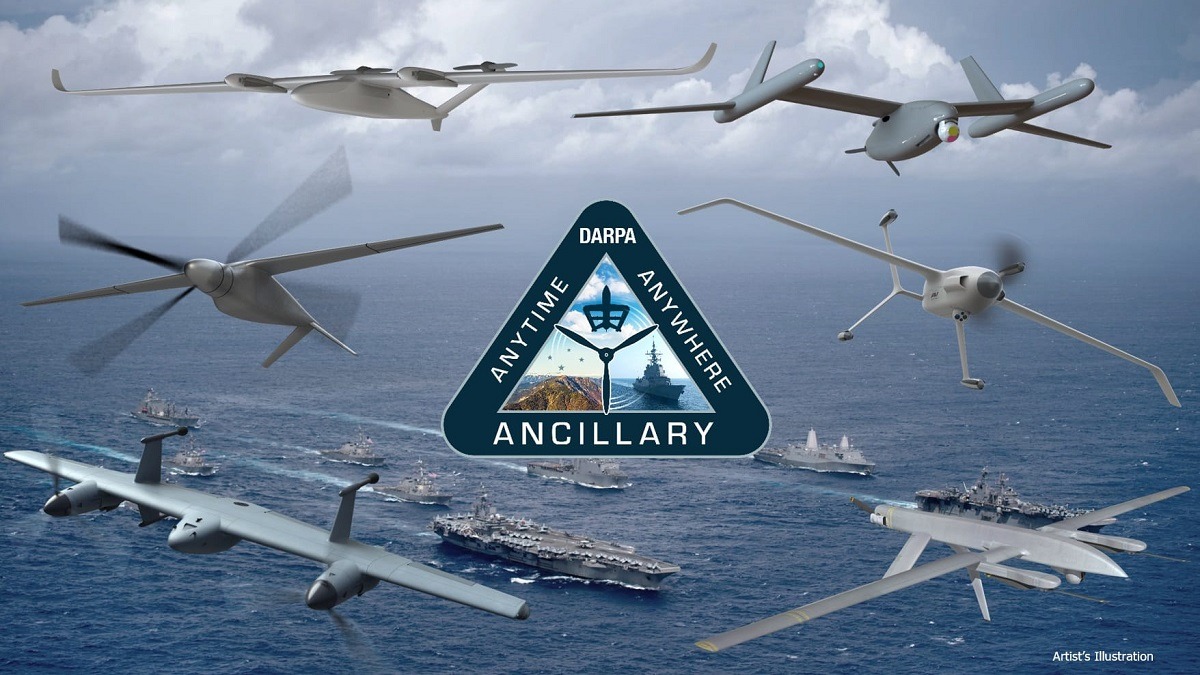
X-plane is a designation for experimental aircraft used by the U.S. Department of Defense. For example, the Bell X-1 was the first manned airplane to break the sound barrier, and the X-15 achieved record speeds and introduced new propulsion systems.
VTOL aircraft don’t require a runway, making them much easier to launch. DARPA also wants these aircraft to be able to operate in adverse weather conditions without ground crews or infrastructure, allowing them to operate in a wider range of combat environments.
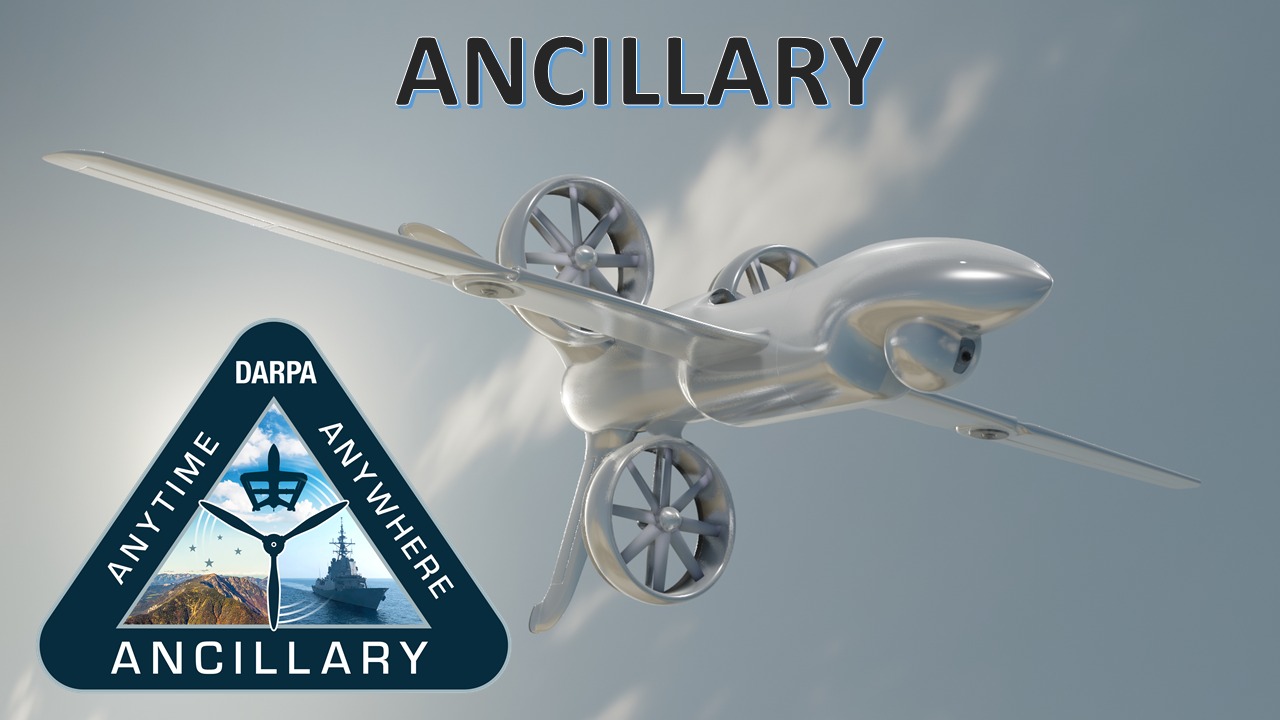
DARPA hopes that these aircraft will help the U.S. Navy identify vessels beyond line of sight. The U.S. Army, Air Force, Coast Guard and Special Operations Command have also expressed interest in the program.
Companies participating in the bid include AeroVironment, Griffon Aerospace, Karem Aircraft, Method Aeronautics, Northrop Grumman and Lockheed Martin subsidiary Sikorsky.
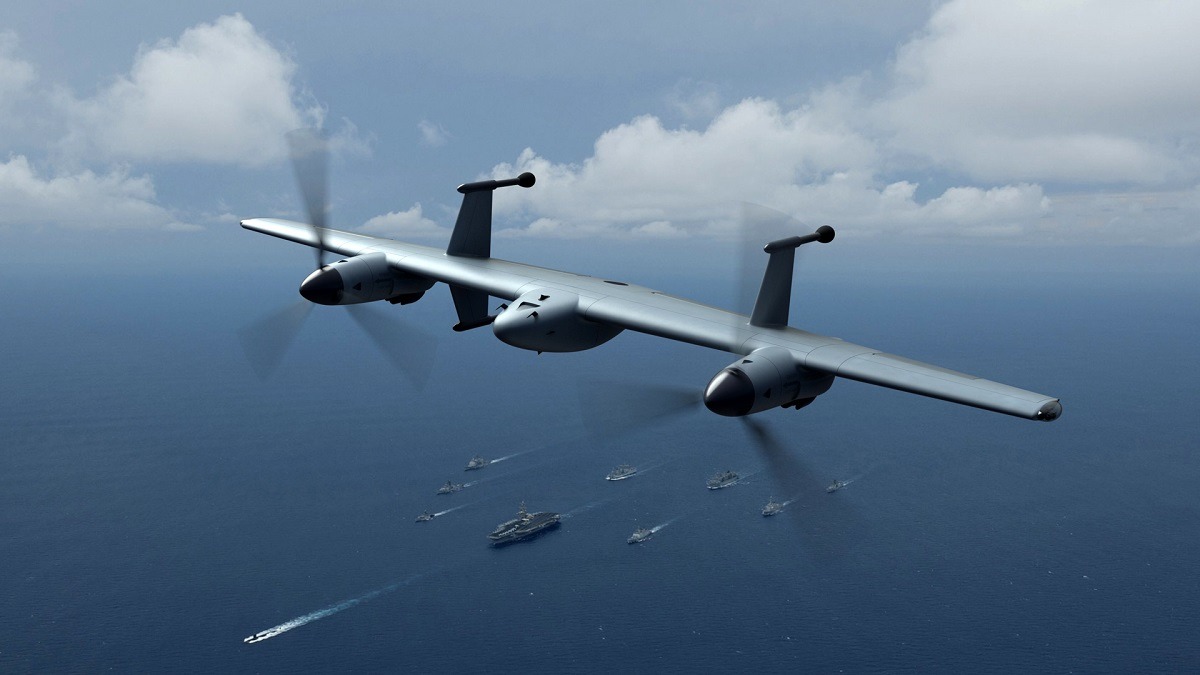
VTOL can be achieved in a variety of ways. For example, the Sikorsky battery-powered design takes off vertically like a helicopter and then flies horizontally like an airplane. Karem Aircraft offered a heavy fuel airplane with a tilting rotor for horizontal flight and hovering.
DARPA plans to triple the use of UAS in the coming years. The small size and light weight of the ANCILLARY vehicles will allow the Navy to keep more aircraft on board and launch them from the deck without specialized equipment.
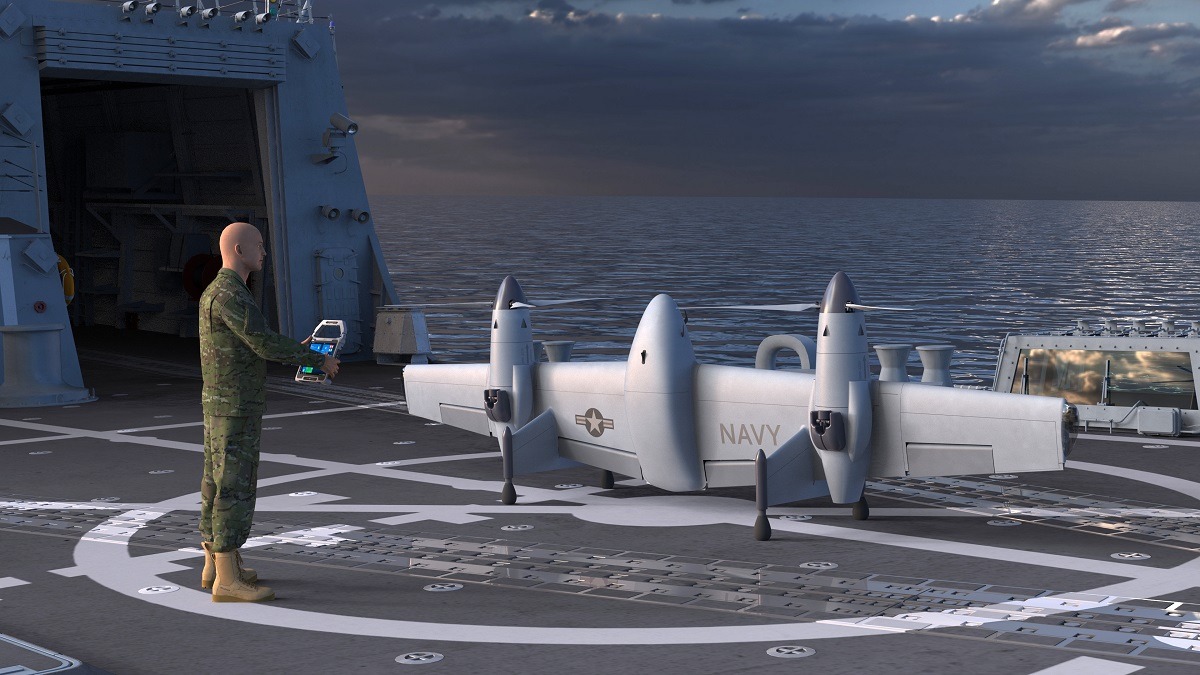
The ANCILLARY program is now in phase 1b. Tests will last 10 months from June 2024 to spring 2025. During this time, DARPA will evaluate individual manufacturers’ designs based on the safety of their systems and air tests. The project will then move to Phase 2, where participants will present details of X-plane design and construction, as well as test plans. Test flights of the most promising designs should begin in early 2026.
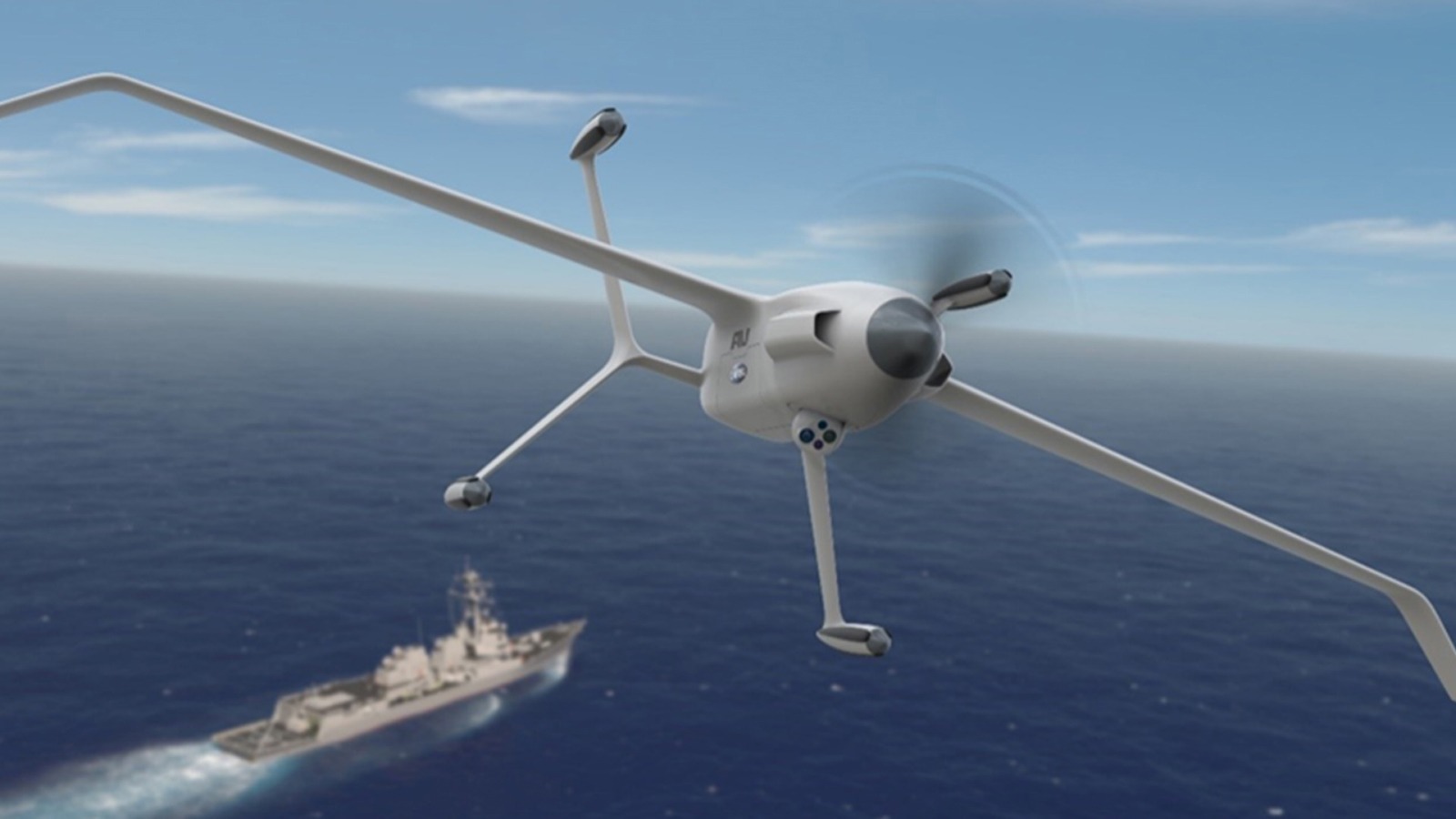
Steve Komadina also noted that future support systems could be enhanced by sensor innovations, advances in artificial intelligence (AI), or breakthroughs in more autonomous aircraft.
We previously reported on how a nuclear rocket from NASA and DARPA will take off into space in 2027.
According to space.com


